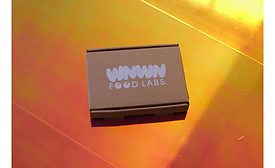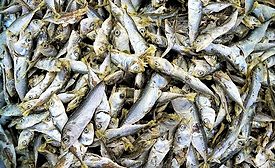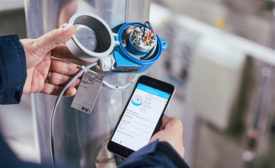Processing
Cacao-free, child/slave labor-free, deforestation-free, palm oil-free, with 80% less CO2 emissions than chocolate
Read More
Vacuum conveyors offer 'get-up-and-go' for Vitaquest
The functional foods manufacturer recently installed the 10th vacuum conveyor at its 200,000 sq.-ft. facility
April 21, 2022
Fabulous Food Plants
Fab Food Plant: Tyson’s innovative case-ready meat facility in Eagle Mountain, Utah
A look inside the 600,000-square-foot structure offers a glimpse into the future of case-ready meat plants.
April 8, 2022
Odor Control
Plant-based oils can neutralize odors at food facilities
With the available technology today, food processors can neutralize odors safely without covering them up—and with natural, safe substances
April 6, 2022
Alternative Protein Report
BioBetter extracts growth factors for scaled cultivated meat production from tobacco plants
March 29, 2022
Smart Instrumentation
Increase insights and efficiency with smart instrumentation
By analyzing available instrument data, processors can improve their operational efficiency while performing proactive maintenance to reduce costly downtime.
March 27, 2022
Elevate your expertise in food engineering with unparalleled insights and connections.
Get the latest industry updates tailored your way.
JOIN TODAY!Copyright ©2024. All Rights Reserved BNP Media.
Design, CMS, Hosting & Web Development :: ePublishing














